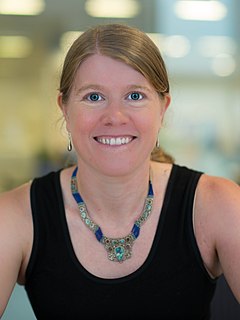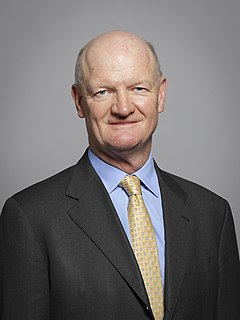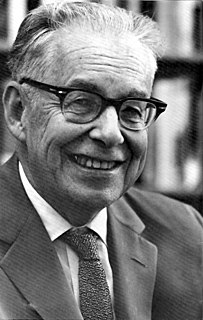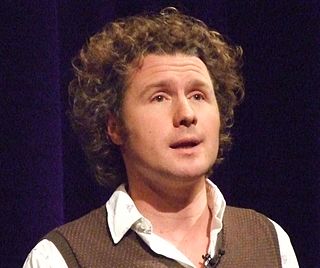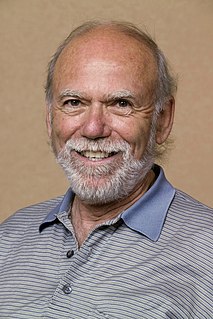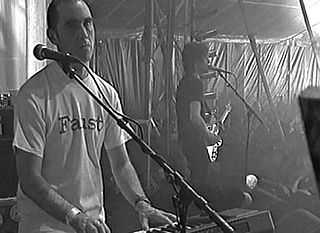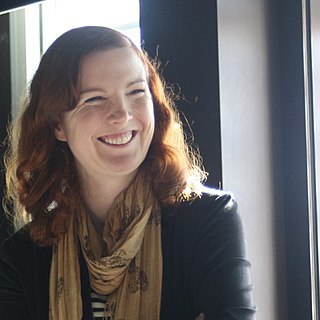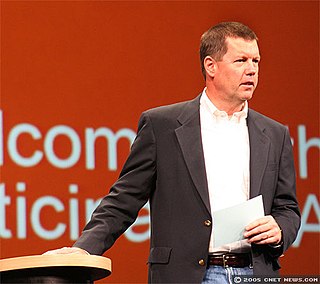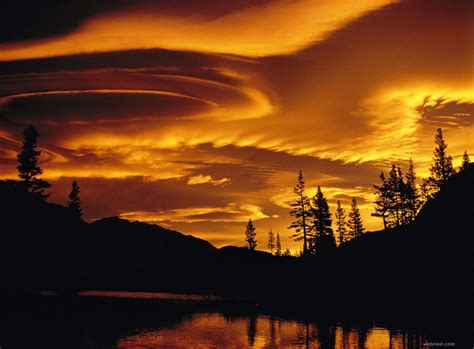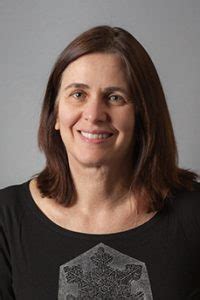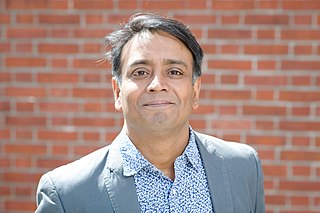A Quote by Sarah Parcak
Archaeologists use datasets from NASA and commercial satellites, processing the information using various off-the-shelf computer programs. These datasets allow us to see beyond the visible part of the light spectrum into the near, middle, and far infrared.
Related Quotes
Satellites record data in different parts of the light spectrum that we can't see. And it's that information that allows satellites to be so powerful in terms of looking at things like vegetation health, finding different kinds of geology that may indicate an oil deposit or some kind of mineralogical deposit that can be mined.
Everything we know about the universe is studied by using telescopes or other instruments that look at visible light, infrared, ultraviolet or X-ray - different wavelengths of electromagnetic interactions. Only 4 percent of what's in the universe gives off electromagnetic radiation, so we don't have any handle on the rest.
I do take a computer to do some processing live and I might use a couple of plug-in synthesisers, 'cause obviously you can take quite a lot of power in terms of sound generation on a computer that I can trigger from a couple of keyboards. And it means I don't have to take some of my vintage stuff and have it trashed by various airlines which has happened in the past. But I still take some vintage stuff with me, I'll take that risk because I like using all that stuff.
Artificial intelligence uses a complex set of rules - algorithms - to get to a conclusion. A computer has to calculate its way through all those rules, and that takes a lot of processing. So AI works best when a small computer is using it on a small problem - your car's anti-lock brakes are based on AI. Or you need to use a giant computer on a big problem - like IBM using a room-size machine to compete against humans on Jeopardy in 2011.
The term "informatics" was first defined by Saul Gorn of University of Pennsylvania in 1983 (Gorn, 1983) as computer science plus information science used in conjunction with the name of a discipline such as business administration or biology. It denotes an application of computer science and information science to the management and processing of data, information and knowledge in the named discipline.
Until I reached my late teens, there was not enough money for luxuries - a holiday, a car, or a computer. I learned how to program a computer, in fact, by reading a book. I used to write down programs in a notebook and a few years later when we were able to buy a computer, I typed in my programs to see if they worked. They did. I was lucky.
